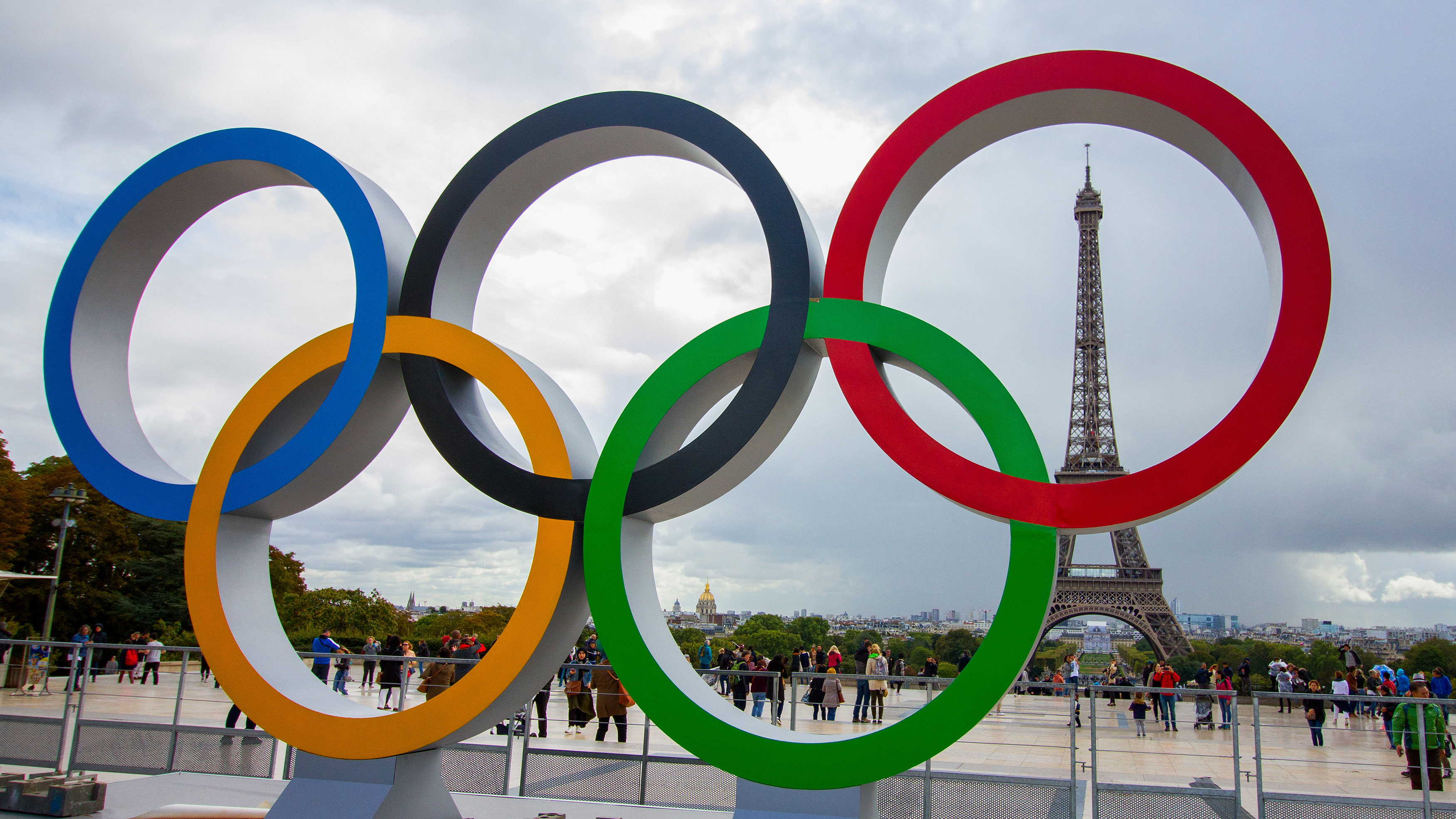Top rowers from across the world will compete in one of the Olympics’ most physically demanding sports this summer.
Rowing made its Olympic debut in Paris well over a century ago, and it will be back in the French capital for the 2024 Summer Games.
Before the rowing competition commences, get familiar with the sport’s Olympic history, rules, format and terminology:
When did rowing become an Olympic sport?
We've got the news you need to know to start your day. Sign up for the First & 4Most morning newsletter — delivered to your inbox daily. Sign up here.
Rowing has been part of the Olympic program since it debuted at the 1900 Paris Games.
Olympics rowing medal table
The U.S. has the most rowing medals in Olympics history with 89: 33 golds, 32 silvers and 34 bronzes. The country did not earn any rowing medals at the Tokyo Olympics after earning one gold and one silver at the Rio Games in 2016.
Great Britain has the second-most all-time medals with 70, including 31 gold. Germany (53 total) and East Germany (48 total) are next on the list.
New Zealand and the Netherlands topped the rowing medal table in Tokyo with five apiece. New Zealand (three golds, two silvers) and Australia (two golds, two bronzes) were the only countries to collect multiple gold medals at the last Olympics.
How many rowing events are there at the Paris Olympics?
There will be 14 rowing medal events at the 2024 Paris Olympics. Men’s and women’s medals will be awarded across the following seven rowing events:
- Single sculls
- Pair
- Double sculls
- Coxless four
- Quadruple sculls
- Eight
- Lightweight double sculls
This marks the second Olympics in which there will be the same number of men’s and women’s rowing events. The Tokyo Olympics were the first to feature seven for both.
Olympics rowing location
Rowing events will be held at the Vaires-sur-Marne Nautical Stadium, about 20 miles outside the heart of Paris. The venue opened in 2019, becoming the first new Olympic facility to be completed for the 2024 Games.
The Vaires-sur-Marne Nautical Stadium will also house canoeing and kayaking events.
Olympics rowing format
Heats and repechage
All rowing events begin with a round of heats. Depending on the event and how many crews are competing, the top two or three crews in each heat will advance to the next round. All remaining crews will land in the repechage, which is loosely translated to “second chance” in French, for another shot at moving on.
If 12 or fewer boats are in an event, the heats and repechage combine to determine the finalists. If 12 or more boats are in an event, there will be an additional semifinal round ahead of the finals.
Finals
There are A and B finals in rowing events with more than eight entries in the field. The A final will feature the top six teams from the previous rounds and the B final will feature places seven up to 12. A C final is held if 13 or more crews are in an event and a D final is held if 19 or more crews are in an event.
The crew that wins the A final wins the gold medal in the event.
How long are rowing races at the Olympics?
All races are 2,000m, also known as a “2K.”
Olympic rowing rules
There are several, general rules to know for Olympic rowing events:
- If a crew commits a false start, it is first given a warning. A second false start results in a disqualification.
- There are six lanes in each race that are at least 13.5 meters wide. While it is not advised, crews are allowed to move into another lane during a race as long as they do not impede another crew in the process.
- A crew’s final time is determined by when the bow of the boat crosses the finish line.
- All men competing in lightweight double sculls must weigh less than 160 pounds. All women competing in the event must weigh less than 130 pounds.
Paris Olympics rowing schedule
All rowing events will be held from Saturday, July 27, through Saturday, Aug. 3.
Rowing terms
Here are some rowing terms to know for the competition in Paris:
- Blade: The flat end of the oar that is in the water during the drive
- Bow: The forward section of the boat (back section from the rower’s perspective); the part of the boat that crosses the finish line first
- Catch: When the rower reaches the stern-most part of the slide, the end of the recovery and the blade is dropped into the water
- Catching a crab: When the rower is unable to release their blade from the water and their oar gets pulled into the water
- Coxswain: The person who steers the shell and coaches the crew from the shell
- Crew: A particular rower or rowing team
- Drive: The segment of the rowing stroke in which the blade is in the water
- Feathering: When the blade is in a flat position parallel to the water between strokes to reduce wind resistance
- Length: Can refer to the distance in a race that is equal to the length of a shell; can also refer to the rowing style of an individual or crew
- Oar: Used to drive the boat forward; not a paddle
- Paddle: Rowing with very little power on the oar
- Port: The left side of the shell facing forward (right side from the rower’s perspective)
- Power 10: A call for rowers to do 10 powerful strokes in a row
- Recovery: The phase of the stroke in which the blade is not in the water
- Release: The moment the rower takes their oar out of the water after a stroke
- Rigger: The metal devices bolted to the shells that keep the oars in place
- Run: The distance a boat travels on a stroke
- Sculling: The type of rowing in which each rower has two oars, one in each hand
- Shell: The boat
- Slide: The set of runners for the wheels of each seat in a shell
- Starboard: The right side of the shell facing forward (left side from the rower’s perspective)
- Stern: The back section of the boat (front section from the rower’s perspective); the part of the boat that crosses the finish line last
- Stretcher: Where a rower’s feet go
- Stroke: The action of moving the oar through the water to propel the boat forward; also refers to the rower who sits closest to the stern and sets the rhythm of the boat that the other rowers follow
- Stroke rating: The number of rowing strokes per minute
- Sweeping: The type of rowing in which each rower has one oar
For more rowing terms, see the NBC Olympics rowing glossary.





